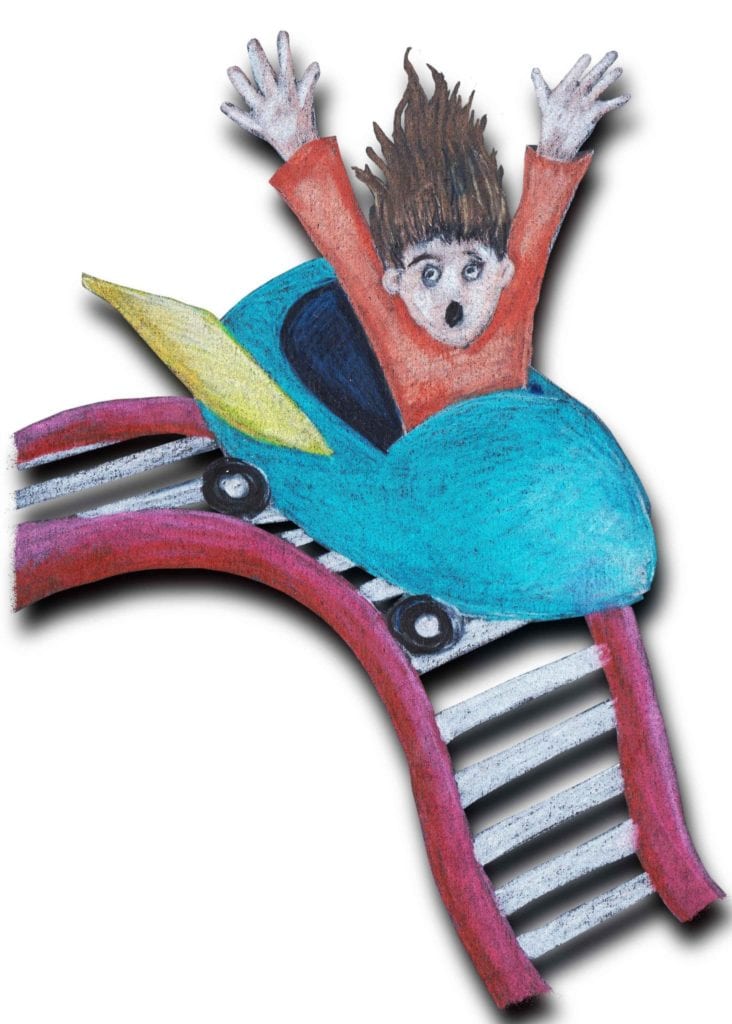Printable Pathways to the Mind Flashcard Series

Complete Printable Flashcard Series
$30.00
Consonant and vowel sounds are represented through imagery designed for the “Pathways to the Mind” reading comprehension program. Included in this set of digital downloads you will receive:
Image/Sound Cards
These cards are designed to increase sound/letter recognition. Rather than teaching b /b/ ball, the sounds are given meaning. /a/ is someone on a roller coaster feeling butterflies in their stomach as they descend on the track saying, “aaa!” The cards were designed for the creative mind.
Letters and Letter Pattern Cards
Use the Image and Sound flash cards in conjunction with the descriptions of the pictures along with the Letters and Letter Pattern cards. These cards are used with eBooks I, II, III, and IV. Teach the sounds to the student before using the workbooks. Once the student has learned the picture/sound associations, use the flash cards to make words. For example, the drum, roller coaster and clock can be put together to make the word “bat.” Add letter patterns to the pictures to make a word (for example camera+ar+dribbling ball=card).
Learning can be fun and educational at the same time!
Comprehension Cards
The printable comprehension cards build creativity and understanding of text. They include six brightly colored shapes that enhance understanding and improve memory. These can be used with workbooks VI and VII.
The first picture in Volume VI is a picture of an elephant, fox and frog. Have the student tell you what they see in the picture. (Be sure you cannot see the picture) Next ask the student to show you the picture. In the beginning stages of reading the student’s description of the picture will be very limited. As you are now looking at the picture with the student, discuss the animals, colors, shapes, mood, perspective. Remove the picture from the student and put the first card down (cards can be used randomly) and ask: “What color is the elephant?” Put the second card down and ask, “Are all of its feet on the ground?” Now, point to the first card and ask the first question again…this is memory building. Do the same with the second card. Next, place the third card down and ask, “What is the elephant doing with its trunk?” Then go back to the first and second cards.
Do this exercise until the student has difficulty remembering all the details. As time goes on more and more details will be retained in their memory.
Have fun with the student… “What shape and color are the frog’s eyes?” “What mood does it put you in when you SEE its eyes?” “What would it be like to have round eyes on the top of your head?”
